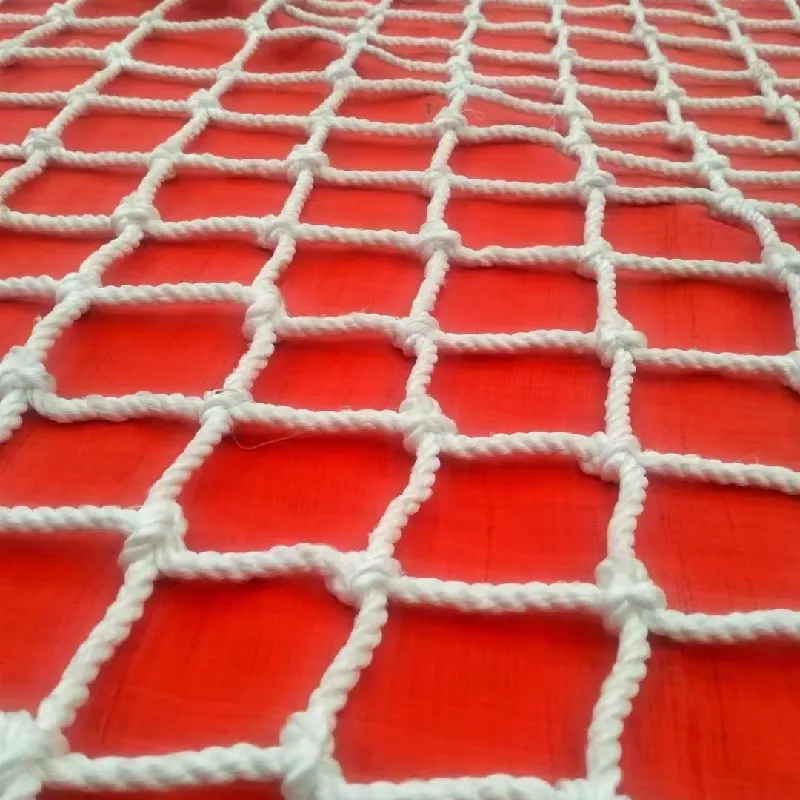-
 Afrikaans
Afrikaans -
 Albanian
Albanian -
 Amharic
Amharic -
 Arabic
Arabic -
 Armenian
Armenian -
 Azerbaijani
Azerbaijani -
 Basque
Basque -
 Belarusian
Belarusian -
 Bengali
Bengali -
 Bosnian
Bosnian -
 Bulgarian
Bulgarian -
 Catalan
Catalan -
 Cebuano
Cebuano -
 China
China -
 Corsican
Corsican -
 Croatian
Croatian -
 Czech
Czech -
 Danish
Danish -
 Dutch
Dutch -
 English
English -
 Esperanto
Esperanto -
 Estonian
Estonian -
 Finnish
Finnish -
 French
French -
 Frisian
Frisian -
 Galician
Galician -
 Georgian
Georgian -
 German
German -
 Greek
Greek -
 Gujarati
Gujarati -
 Haitian Creole
Haitian Creole -
 hausa
hausa -
 hawaiian
hawaiian -
 Hebrew
Hebrew -
 Hindi
Hindi -
 Miao
Miao -
 Hungarian
Hungarian -
 Icelandic
Icelandic -
 igbo
igbo -
 Indonesian
Indonesian -
 irish
irish -
 Italian
Italian -
 Japanese
Japanese -
 Javanese
Javanese -
 Kannada
Kannada -
 kazakh
kazakh -
 Khmer
Khmer -
 Rwandese
Rwandese -
 Korean
Korean -
 Kurdish
Kurdish -
 Kyrgyz
Kyrgyz -
 Lao
Lao -
 Latin
Latin -
 Latvian
Latvian -
 Lithuanian
Lithuanian -
 Luxembourgish
Luxembourgish -
 Macedonian
Macedonian -
 Malgashi
Malgashi -
 Malay
Malay -
 Malayalam
Malayalam -
 Maltese
Maltese -
 Maori
Maori -
 Marathi
Marathi -
 Mongolian
Mongolian -
 Myanmar
Myanmar -
 Nepali
Nepali -
 Norwegian
Norwegian -
 Norwegian
Norwegian -
 Occitan
Occitan -
 Pashto
Pashto -
 Persian
Persian -
 Polish
Polish -
 Portuguese
Portuguese -
 Punjabi
Punjabi -
 Romanian
Romanian -
 Russian
Russian -
 Samoan
Samoan -
 Scottish Gaelic
Scottish Gaelic -
 Serbian
Serbian -
 Sesotho
Sesotho -
 Shona
Shona -
 Sindhi
Sindhi -
 Sinhala
Sinhala -
 Slovak
Slovak -
 Slovenian
Slovenian -
 Somali
Somali -
 Spanish
Spanish -
 Sundanese
Sundanese -
 Swahili
Swahili -
 Swedish
Swedish -
 Tagalog
Tagalog -
 Tajik
Tajik -
 Tamil
Tamil -
 Tatar
Tatar -
 Telugu
Telugu -
 Thai
Thai -
 Turkish
Turkish -
 Turkmen
Turkmen -
 Ukrainian
Ukrainian -
 Urdu
Urdu -
 Uighur
Uighur -
 Uzbek
Uzbek -
 Vietnamese
Vietnamese -
 Welsh
Welsh -
 Bantu
Bantu -
 Yiddish
Yiddish -
 Yoruba
Yoruba -
 Zulu
Zulu
Durable Plastic Mesh for Garden Use and Outdoor Landscaping Solutions
The Benefits of Using Plastic Netting in Gardens
When it comes to gardening, the choice of materials can significantly impact the success of your plants. One versatile and increasingly popular option is plastic netting, frequently referred to as horticultural mesh or garden netting. This lightweight yet durable material offers numerous advantages that make it an essential tool for any gardener looking to create a thriving green space.
Protection Against Pests
One of the primary uses of plastic netting is to provide protection against pests. Insects such as aphids, caterpillars, and beetles can wreak havoc on plants, leading to stunted growth and crop loss. By covering your plants with plastic netting, you create a physical barrier that keeps these harmful pests at bay while allowing sunlight and rain to nourish your plants. The fine mesh prevents even the smallest insects from entering, making it an effective solution for organic gardeners who prefer not to use chemical pesticides.
Support for Climbing Plants
Many gardeners love to grow climbing plants such as tomatoes, cucumbers, and peas, which can benefit from a sturdy support system. Plastic netting is perfect for this purpose, as it provides a framework for plants to latch onto as they grow. Simply secure the netting vertically along a trellis, fence, or garden wall, and watch your plants scale new heights. This not only maximizes your gardening space but also improves airflow around the plants, reducing the risk of disease.
Soil Erosion Control
plastic net for garden

In addition to protecting plants, plastic netting can help control soil erosion, particularly in sloped or uneven garden areas. By placing the netting over loose soil, you can prevent it from washing away during heavy rains. This stability helps maintain the structure of your garden beds while conserving moisture and nutrients in the soil. Using netting in this way ensures that your plants have a solid foundation from which to grow.
Versatile Applications
Plastic netting is incredibly versatile and can be used for more than just protecting plants. It can be employed as a sunshade, providing necessary shade to delicate seedlings or plants that may struggle in direct sunlight. Additionally, gardeners can use netting to create enclosures for small animals, keeping rabbits or birds away from prized plants. The lightweight and easy-to-manage nature of plastic netting makes it simple to set up and adjust as needed throughout the growing season.
Eco-Friendly Choice
Another standout feature of plastic netting is its eco-friendliness. Many products on the market are made from recycled materials, contributing to a sustainable gardening practice. As gardeners become more environmentally conscious, choosing materials that align with eco-friendly practices is essential. Plastic netting is not only durable and long-lasting but can also be recycled at the end of its life cycle, thus minimizing environmental impact.
Conclusion
In conclusion, incorporating plastic netting into your gardening routine can yield significant benefits. From protection against pests and support for climbing plants to soil erosion control and versatile applications, the advantages of plastic netting are numerous. As you seek to cultivate a healthy and thriving garden, consider utilizing this innovative material to enhance your gardening practices and achieve better results.
-
Shipping Plastic Bags for Every NeedNewsJul.24,2025
-
Safety Netting: Your Shield in ConstructionNewsJul.24,2025
-
Plastic Mesh Netting for Everyday UseNewsJul.24,2025
-
Nylon Netting for Every UseNewsJul.24,2025
-
Mesh Breeder Box for Fish TanksNewsJul.24,2025
-
Expanded Steel Mesh Offers Durable VersatilityNewsJul.24,2025











